Motorsport has always involved inherent risks ever since the first races over a century ago. However, through dedicated efforts and innovation across multiple fronts, safety standards have advanced dramatically over the decades. This has allowed racing to continue evolving as a popular spectator sport while protecting competitors to the greatest extent possible. This article will delve into some of the most important developments in motorsport safety, spanning vehicle design, venue enhancements, protective gear, and more. Understanding the critical advances that enable modern racing to be orders of magnitude safer than its early days provides important context around the ongoing quest to maximize driver protection.
Safer Vehicle Design
Some of the most impactful safety gains have come through reinforced vehicle construction and energy dissipating features. Formula 1 serves as a prime example of how purposeful safety-focused design protects drivers during even the most violent crashes. The survival cell cockpit acts as a protective tub encapsulating the driver in impact absorbent material and sturdy carbon fiber. Halo devices deflect large debris from striking the helmet. Front crash structures crumple to dissipate kinetic energy instead of transferring it completely to the driver. Additionally, increased anti-intrusion panels reduce the chances of objects penetrating the cockpit. In IndyCar, a larger cockpit opening, strategically positioned padding, and shoulder restraints provide additional protection. Production-based series implement reinforced roll cages, racing harnesses, window nets, and fire suppression systems to shield drivers.
Across most professional racing leagues, vehicle construction intricately accounts for safety despite designs also prioritizing weight reduction and aerodynamics for competitive performance. Continued research into optimizing monocoque strength, crash structure behavior, and energy dissipation systems will enable further gains.
Key Innovations in Racing Car Safety Designs
| Safety Element | Description |
|---|---|
| Survival Cell | Reinforced tub encapsulating driver made of carbon fiber and impact foam |
| HANS Device | Restrains head and neck movement during crashes to prevent injuries |
| Halo | Overhead titanium bar deflects large debris from striking driver’s helmet |
| Crush Structures | Front sections designed to crumple and absorb kinetic energy |
| Anti-Intrusion Panels | Reinforce sides to prevent object penetration into cockpit |
| Cockpit Padding | Strategic interior padding reduces impact forces on driver |
Safer Tracks and Conditions
Venues and the protocols surrounding their operation have also evolved significantly to remove unnecessary risks. Widening runoff areas gives drivers more room to decelerate before hitting walls. Gravel traps and SAFER barriers provide glancing blow zones to scrub speed. Degner curves, tire walls, and removal of dangerous proximity obstacles all exemplify positive changes.
Sophisticated weather monitoring systems give officials greater ability to make timely decisions on delaying, stopping, or restarting races in hazardous visibility or wet conditions. Mandatory safety car periods allow marshals to clear debris and tend to affected drivers under controlled yellow flag conditions. Guidelines around appropriate intervention vehicles, qualified track marshals, and medical helicopters have also matured enormously.
Modern circuits account for the highest safety standards when undergoing redesigns or new construction. Classic venues still in use have also benefited from retrofits removing antiquated hazards. Ongoing vigilance and adopting industry best practices for tracks and race control continue providing a safer overall racing environment.
Enhanced Driver Gear
Personal protection equipment has gone through its own transformation driven by material science and sensors. Helmets with compressed foam and carbon fiber dissipate impact energy over a broader surface area to guard against concussions and traumatic brain injuries. Flame retardant suits made of Nomex and proprietary blends provide critical protection against fire. Reinforced gloves and racing shoes shield hands and feet. Head and neck restraints reduce violent head whipping motions.
Additionally, biometric sensors embedded in suits can now detect forces, driver vitals, and other data to better understand health status. This integration opens possibilities for real-time warning systems to alert drivers or officials of dangerous conditions before crashes even occur. As textiles and sensor technologies progress, racing gear will only get stronger, lighter, and more adept at minimizing injuries.
The Quest Goes On
While motorsport undeniably carries less risk now than in previous eras, the pursuit of maximizing protection continues. Series like Formula 1 have entire expert groups devoted to studying safety concepts and proposing enhancements. Ideas often originate from cross-pollination with academia, the aviation industry, medical fields, and beyond. Racing sanctioning bodies have committees that consistently reevaluate policies around qualifying procedures, track requirements, gear mandates, and other areas affecting safety.
There will always exist inherent risks in racing fast cars at the limit. Yet through ongoing collaboration between engineers, scientists, regulators, and other stakeholders, hazards can be further mitigated. Dedicated support for safety-focused research and quickly adapting breakthrough insights from adjacent industries will enable a new generation of lifesaving improvements. The long journey towards the safest possible conditions for drivers and spectators continues.
All in all, through dedicated efforts on vehicle designs, venue enhancements, protective gear, and an overall change in mindset, motorsport enjoys safety levels unimaginable 50 years ago. However, the potential for further improvement remains great through persistent innovation, investment, and reassessing the status quo when prudent. Pushing boundaries has always defined racing, but the most meaningful progress now comes not from outright speed alone, but from ensuring skilled drivers can make it through intense competition unharmed. If recent history is any indication, racing should continue rapidly growing safer as new technologies emerge and knowledge expands. The racing community appears wholly committed to this noble and indispensable pursuit.
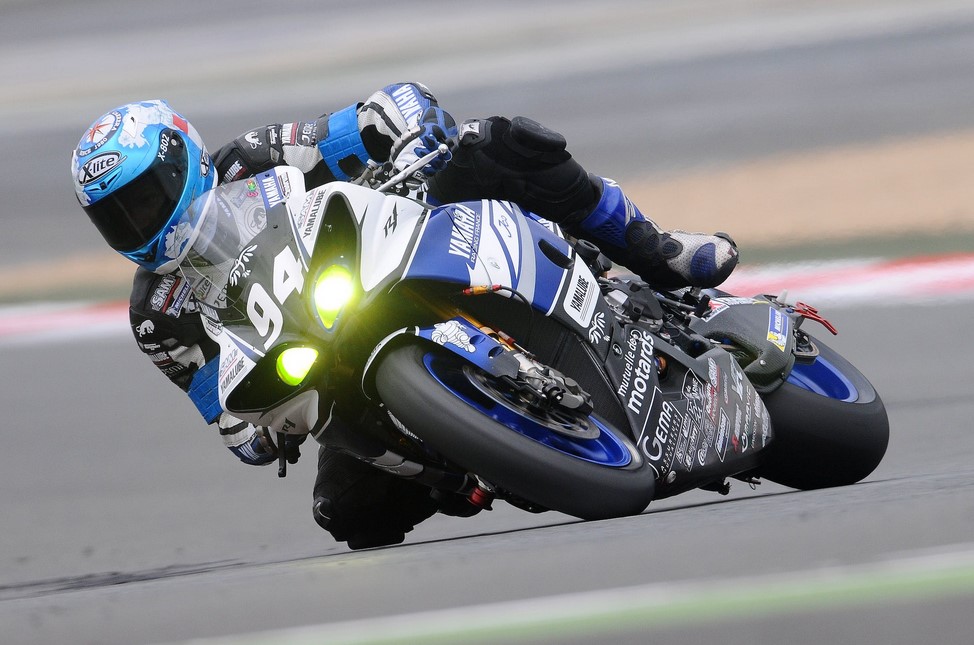


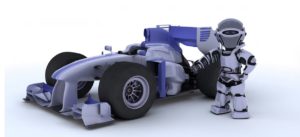

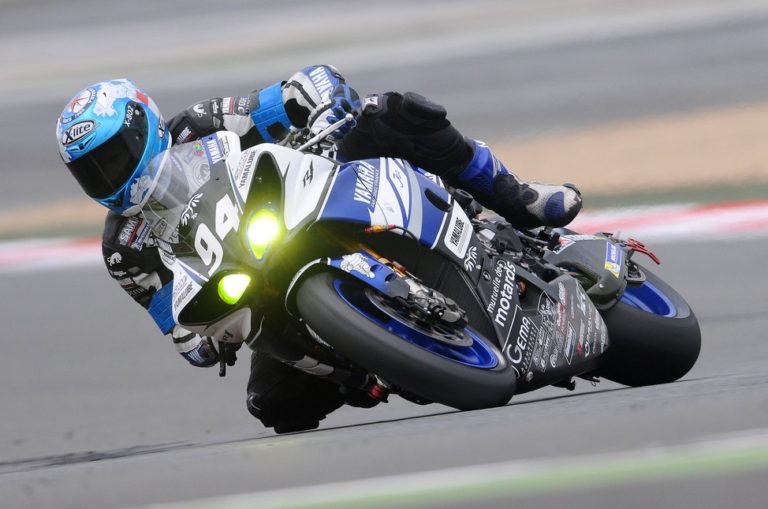
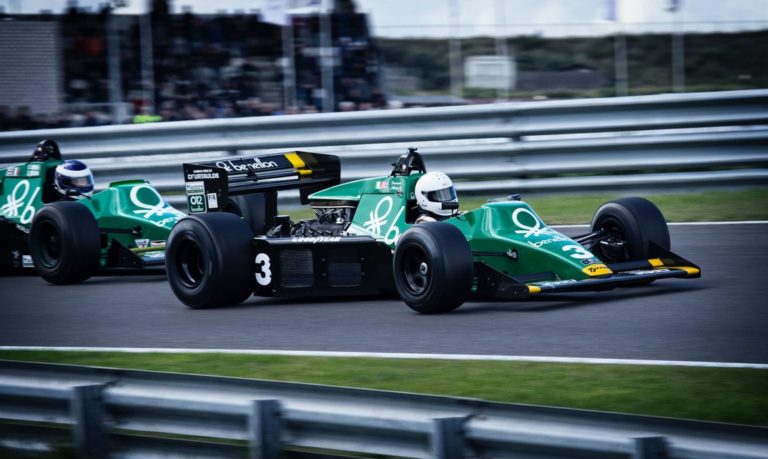
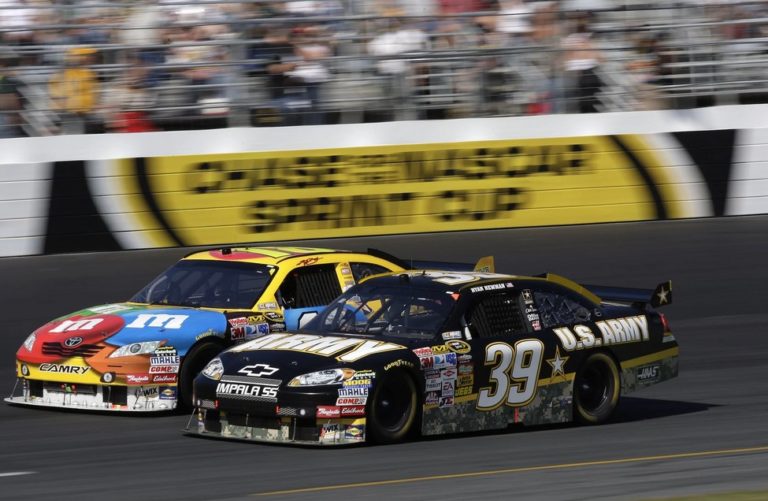

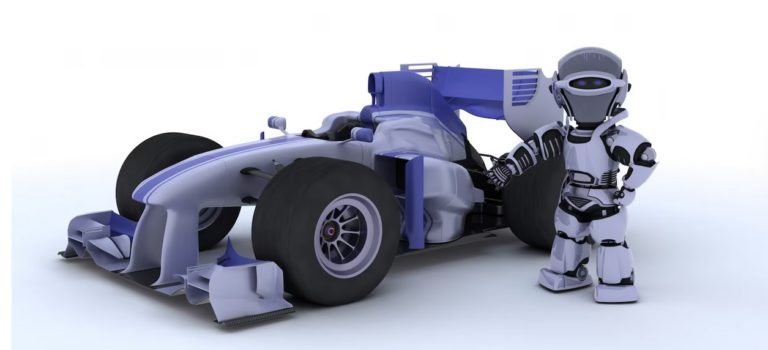
+ There are no comments
Add yours